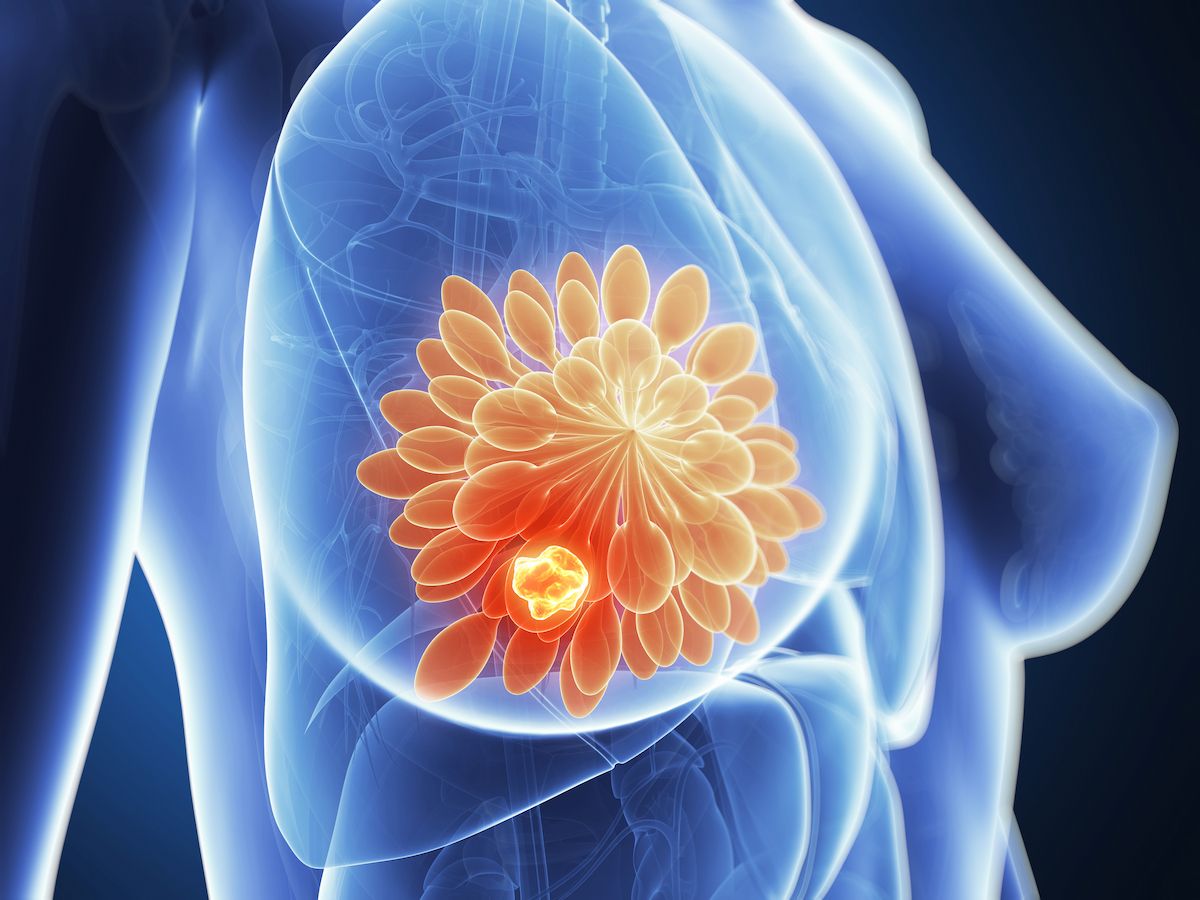Time to Screening/Treatment/Surgery is Underestimated at Breast Centers
The National Accreditation Program for Breast Centers looked at time intervals to see where delays occurred throughout the process for those with breast cancer.
“Delays in breast cancer treatment can result in worse outcomes. Delays can also lead to more patient anxiety. For these reasons, the NAPBC started a quality improvement collaborative in 2022 called Patient Reported Observations on Medical Procedure Timelines [PROMPT] to better understand time delays in breast cancer diagnosis and treatment”, according to Danielle Thompson, MD.

Time intervals were evaluated as part of a National Accreditation Program for Breast Centers (NAPBC) initiative to determine delays in treatment and diagnosis, of which the time to surgery was the longest interval observed, according to a presentation from the American Society of Breast Surgeons 25th Annual Meeting.
A total of 326 centers were evaluated, and data were collected on the patient and NAPBC ideal time interval vs actual time reported. For screening and diagnostic mammography, the patient and center recalled a wait of 5 days and 7 days, respectively, but reporters from 2019 to 2021 reported 11, 11, and 12 days, respectively. From diagnostic mammography to biopsy, the patient and center perspective reports were both 7 days, while the actual time from 2019 to 2021 was 8, 8, and 9 days.
From the biopsy to the first surgery, the patient perspective was 21 days, and the center perspective was 28 days. The actual time in 2019 was 39 days, 40 days in 2020, and 42 days in 2021. From biopsy to neoadjuvant therapy, data were not collected for patient preference, and it was 21 days for the center. Actual time in 2019 was 33 days, 32 days in 2020, and 34 days in 2021.
“Delays in breast cancer treatment can result in worse outcomes. Delays can also lead to more patient anxiety. For these reasons, the NAPBC started a quality improvement collaborative in 2022 called Patient Reported Observations on Medical Procedure Timelines [PROMPT] to better understand time delays in breast cancer diagnosis and treatment”, Danielle Thompson, MD, a PGY-2R general surgery resident at the University of Chicago/NorthShore Health System, said in a press briefing on these findings.
The trial was designed for centers to report ideal time intervals and if they felt that the response was longer or shorter than other NAPBC sites. Additionally, 28 patients from 22 sites reported ideal time intervals through qualitative interviews.
Of the NAPBC centers, 35.7% included working residents, 20.3% had 3 or more exclusive breast surgeons, and 29.6% had more than 30% receive diagnostic workups at an outside center. Additionally, the average number of breast cases per year ranged from 0 to 200 (38%), 201 to 400 (44%), and more than 400 (17%).
The investigators also compared NAPBC centers with each other and their perception of time. They looked at different time metrics and compared if they were the same as other centers.
For the average number of days between screening mammography and diagnostic mammography, 66.0% of centers believed they were the same, 13.5% believed they were longer, and 20.4% believed they were shorter. For the average number of days between diagnostic mammography and breast biopsy, 64.3% of centers believed they were the same, 13.6% believed they were longer, and 22.1% believed they were shorter. For the average number of days between breast biopsy and first treatment, 75.0% believed they were the same, 15.2% believed they were longer, and 9.8% believed they were shorter.
Facility factors and NAPBC center perception timelines were evaluated. Most of the factors correlated with no association. However, regarding residents at work and the perception of days to diagnosis, centers with no residents said time was shorter than at other centers. For the percentage of patients who received a diagnostic work up at an outside center and perception of days to diagnosis, a lower percentage of outside cases felt like time was shorter. Finally, with respect to residents who work at the center and their perception of days to surgery, centers with no residents said the time was shorter than other centers.
Reference
Thompson D. Patient and center perception of timeliness metrics from the PROMPT quality collaborative of the National Accreditation Program for Breast Centers. Presented at the American Society of Breast Surgeons 25th Annual Meeting. Orlando, FL, April 10-14, 2024.